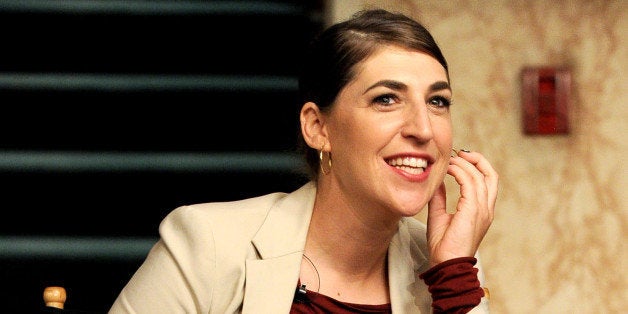
The Big Bang Theory is currently the most popular TV show on Thursday nights—and it's the only sitcom that tosses Schrödinger’s Cat into casual conversation. During its seven seasons, the show has grown from revolving around the tired tribulations of geek boys trying to get laid into a genuinely funny sitcom that includes robust and original female characters.
The Big Bang Theory is unique in that it revolves around the everyday lives of scientists—when it debuted in 2007, it was all about two male Cal Tech physicists, Sheldon Cooper (Jim Parsons) and Leonard Hofstader (Johnny Galecki), and their friends, engineer Howard Wolowitz (Simon Helberg) and astrophysicist Raj Koothrappali (Kunal Nayyar). The show got praise from real-life scientists for its story lines about unsexy topics like fundraising for STEM (Science, Technology, Engineering, and Math) research and the day-to-day tediousness of scientific work, which takes place on-screen in labs that look nothing like the glamorous autopsy rooms on CSI or Bones. Science and geek culture icons like Neil DeGrasse Tyson, George Smoot, Stephen Hawking, Stan Lee, Leonard Nimoy and George Takei have all made appearances on the show.
